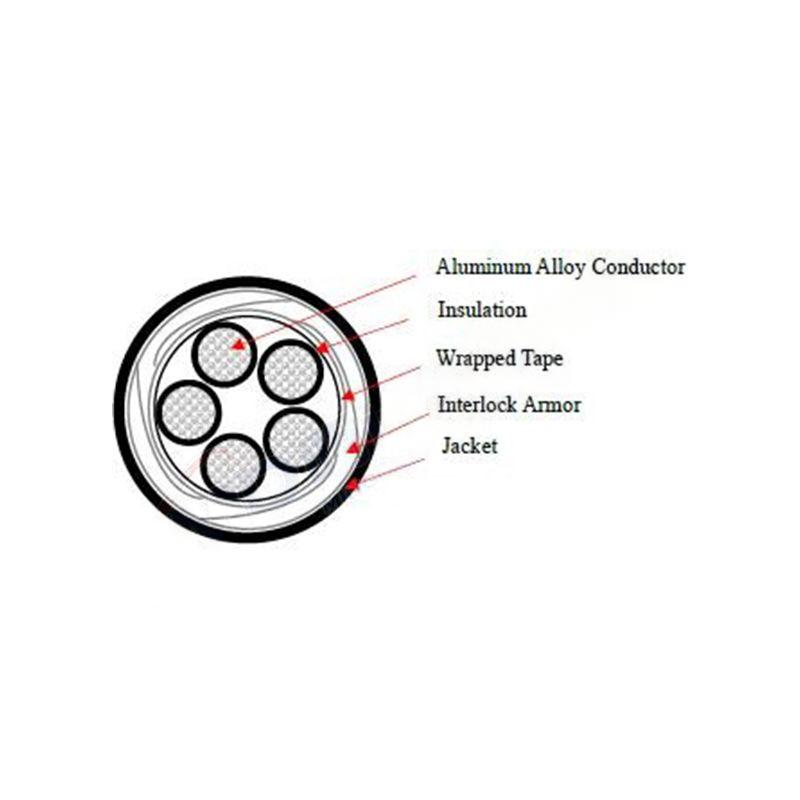Nov . 17, 2024 17:09 Back to list
Versatile Rubber Connector for Enhanced Flexibility and Performance in Piping Systems
Flexible Rubber Joints The Key to Dynamic Piping Solutions
In the world of plumbing and piping systems, flexibility and resilience are paramount for ensuring efficiency and durability. Flexible rubber joints have emerged as indispensable components in various industries, offering a reliable solution to accommodate movement, reduce vibration, and prevent leaks. These joints are specially designed to connect sections of piping while allowing for slight movements due to thermal expansion, pressure changes, or mechanical vibrations.
One of the primary advantages of flexible rubber joints is their ability to absorb shock and vibrations, which is crucial in applications involving pumps, compressors, and other machinery. The rubber material effectively dampens vibrations that could otherwise propagate through the piping system, potentially leading to structural failures or damage over time. By placing flexible rubber joints at strategic points in a piping network, engineers can enhance the overall longevity and integrity of the system.
Moreover, flexible rubber joints play a significant role in accommodating misalignment between pipes. In real-world scenarios, perfect alignment is often impossible due to installation errors or ground movement. These rubber joints provide the necessary flexibility to ensure that fluid flow remains uninterrupted, while also minimizing stress on the connected pipes. This adaptability not only promotes efficient fluid transportation but also reduces the risk of leaks that can be caused by misaligned pipes.
flexible rubber joint

Manufacturers often produce flexible rubber joints in a variety of sizes and styles to cater to different industry needs, from simple residential plumbing to complex industrial applications. The most common configurations include single sphere, double sphere, and arc joints, each offering varying degrees of movement and flexibility. Additionally, they can be constructed from various rubber compounds to withstand specific environmental conditions, such as high temperatures or corrosive substances.
Installation of flexible rubber joints is typically straightforward, which contributes to their popularity among contractors and engineers. They can be easily fitted between standard pipe flanges, allowing for quick adjustments and replacements. This ease of installation can lead to significant time and labor savings during construction and maintenance.
In summary, flexible rubber joints are crucial elements in modern piping systems, providing essential benefits in vibration reduction, misalignment compensation, and leak prevention. As industries continue to evolve, the demand for reliable and adaptable piping solutions will only grow, placing flexible rubber joints at the forefront of engineering innovations. Their versatility and effectiveness make them a key component in achieving efficient and robust fluid transport systems across various sectors.
Share
-
Reliable Wafer Type Butterfly Valves for Every IndustryNewsJul.25,2025
-
Reliable Flow Control Begins with the Right Ball Check ValveNewsJul.25,2025
-
Precision Flow Control Starts with Quality ValvesNewsJul.25,2025
-
Industrial Flow Control ReliabilityNewsJul.25,2025
-
Engineered for Efficiency Gate Valves That Power Industrial PerformanceNewsJul.25,2025
-
Empowering Infrastructure Through Quality ManufacturingNewsJul.25,2025


